Even the most experienced HubSpotter can feel overwhelmed by some of the features and tools. Lifecycle stages are one of the most misunderstood yet underrated tools in HubSpot. So we’re here to clarify what they are and how to use them effectively for your business.
What are lifecycle stages (in general)?
Lifecycle stages are the progressive phases your buyers go through, from the moment they’re captured by marketing until they’re either closed by sales, churned, or take another specific action.
What are HubSpot’s lifecycle stages?
Within HubSpot, the lifecycle stage is a property that all contacts in your database are automatically tagged with, depending on how they were acquired, and serves as a marker for their relationship with your business and their journey through the funnel.
96% of the prospects that land on your website are not sales ready. Instead of trying to close them too early, using lifecycle stages properly helps you pinpoint their current position in your marketing & sales cycle, keeping their status updated so they can be targeted with relevant content.
HubSpot has 8 default lifecycle stages. The definition of each stage is somewhat generic but can give you an indication of the types of behaviors that a contact at each stage demonstrates:
- Subscribers are contacts that are aware of your business and signed up for your content offers, newsletter, etc.
- Leads are contacts that have exhibited measurable sales interest beyond getting signed up for content collateral.
- MQLs are contacts that have made a specific, measurable touch with your marketing campaign(s).
- SQLs are contacts who have made it clear that they’re open to follow ups from your sales team. SQLs are in the consideration part of the funnel.
- Opportunities are contacts that have been analyzed and based on your lead rating criteria, are actual viable leads.
- Customers are contacts who have closed deals with your business.
- Evangelists are customers that are also raving fans that advocate for your brand.
- Other. Unspecific classification for a variety of situations where contacts don’t fit any default lifecycle stage.

Why use HubSpot’s lifecycle stages?
Depending on the lifecycle stage your contacts are in, their needs will differ. Converting these leads into paying customers will require delivering relevant offers. Sharing bottom of the funnel content too early will turn your potential customer off. On the flipside, including your paying customers in a newsletter that intends to close the prospect can be equally as annoying.
Lifecycle stages are most critical when your business’s marketing is based on HubSpot’s inbound methodology. This strategy helps you close customers using relevant and non-promotional content, making a one-size-fits-all approach impractical.
Buyer Personas are the backbone of your inbound strategy. Use this easy template to build start building yours.
Can you customize HubSpot’s lifecycle stages?
What if you have contacts in your database that don’t fall into any of the 8 default lifecycle stages? Like job candidates or investors? There’s only so many contacts you can bucket as “other”.
A common issue that comes up with HubSpot lifecycle management is the need to classify miscellaneous contacts that don’t fall under any of the 8 default lifecycle stages, given that you can’t edit HubSpot’s default lifecycle stages.
Read that again: you can’t edit HubSpot’s default lifecycle stages.
However, a great workaround is to create a custom contact property that’s tailored to your contact management needs.
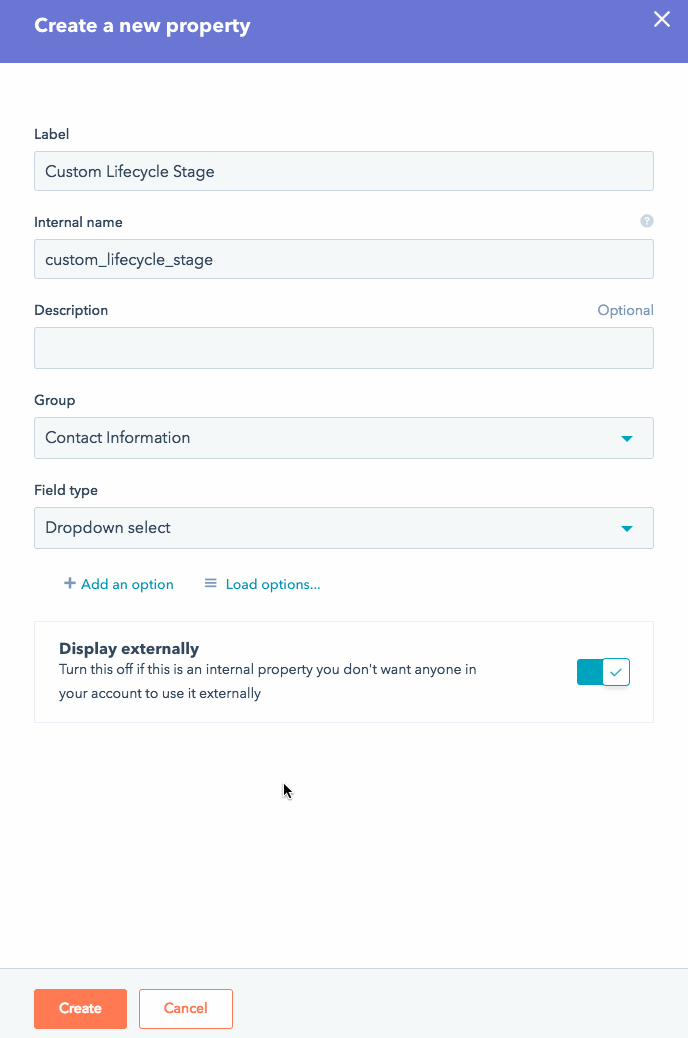
Although you can create a contact property, it will not be able to replace the default lifecycle stage property.
Lifecycle stage vs. Lead Status. What’s the difference?
Lead status is another contact property in your HubSpot portal that often confuses people. While they do look alike, lifecycle stages and lead status are quite different. Lifecycle stages are the overall sum of steps a contact makes, from their first foot in the door, until they’re closed, while lead statuses are the sub-stages of a sales qualified lead’s (SQL) journey through the funnel.
HubSpot lead statuses include:
- New
- Open
- In Progress
- Open Deal
- Unqualified
- Attempted to Contact
- Connected
- Bad Timing
While lead status tracks a sales qualified lead’s journey from when they’re acquired until there’s a close, lifecycle stages track a contact’s journey from the moment they’re recorded in your CRM. So, in a way, lead status is simply a microcosm within the lifecycle stage ecosystem.
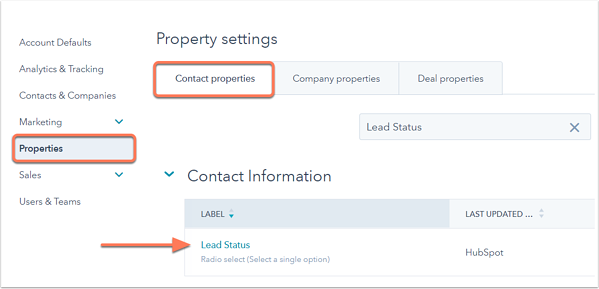
How should you use lifecycle stages?
Like many functions within HubSpot, lifecycle stages should be paired with workflows to streamline various marketing and sales processes within your organization.
Create workflows to trigger lifecycle stage changes
With the volume of contact properties available with HubSpot, manually updating contact properties becomes impractical when you’re managing a large database. Workflows are ideal for automatically tracking and updating contact status and properties when certain criteria are met. HubSpot workflows can be programmed to update contact lifecycle stages based on predetermined enrollment criteria.
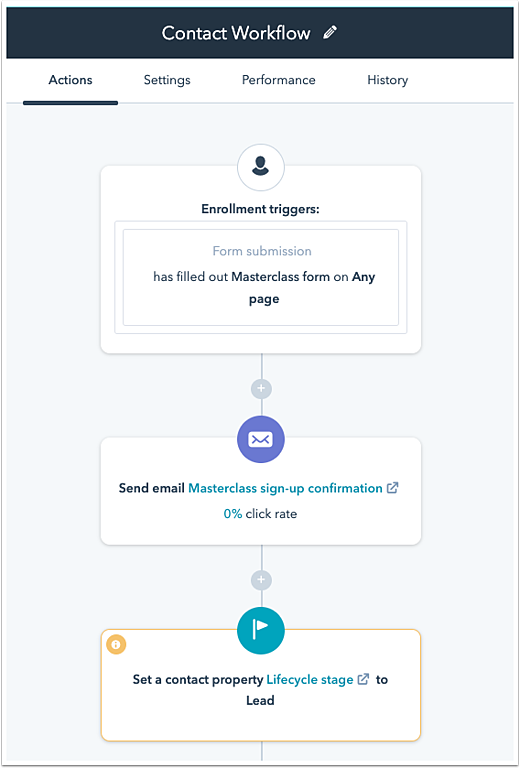
As you can see from the example above, when a contact demonstrates a specific action, a workflow can trigger a move to a new lifecycle stage.
A few situations where lifecycle-based automation would be indispensable include:
Forecasting.
Judging by the volume of contacts present at various lifecycle stages, it’s easy to reasonably estimate targets in the long-term, helping you plan ahead and adjust relevant aspects of your marketing and sales structure to match your targets.
Marketing process automation.
Workflows designed around lifecycle stages can be programmed to deliver relevant content, or marketing collateral to leads when they reach a specific stage within the funnel, or trigger alerts that inform relevant staff to either follow up with leads or take a specific action.
Let’s say you have a contact who’s progressing comparatively slower through the funnel than you’d hoped, a workflow can alert relevant staff who’ll be responsible for touching base with the leads in question.
Personalization
Lifecycle stages are perfect for segmenting contacts and personalizing the marketing content they get shown based on their position within the funnel.
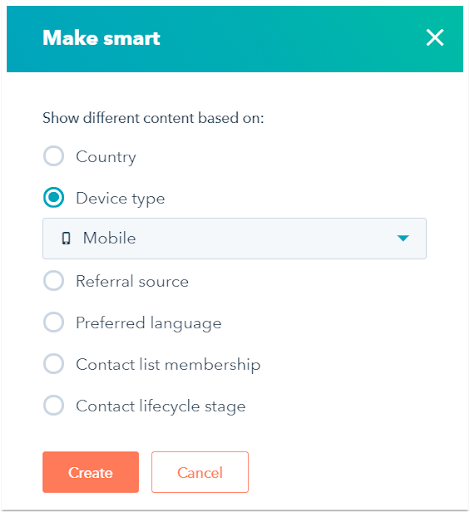
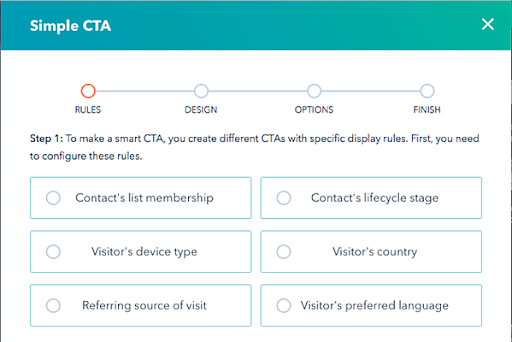
Lifecycle stages offer your business a unique opportunity to analyze how prospects are interacting with your marketing and sales engines, as well as providing an avenue to streamline prospect management across marketing and sales.
Should you be using Lifecycle stages?
A lot of HubSpot’s CRM capabilities are centered around lifecycle stages.
Reports, attribution, marketing & sales process automation, etc. Rather than working against HubSpot’s lifecycle stages by creating your own, we recommend working with them if you’re looking to get HubSpot working for your business at maximum capacity.
And in case lifecycle stages still sound like greek to you, you’re not alone. HubSpot has so many moving parts that it can be tricky finding your way around and getting it right.
Struggling to get HubSpot’s lifecycle stages to work for your company? We can help!



